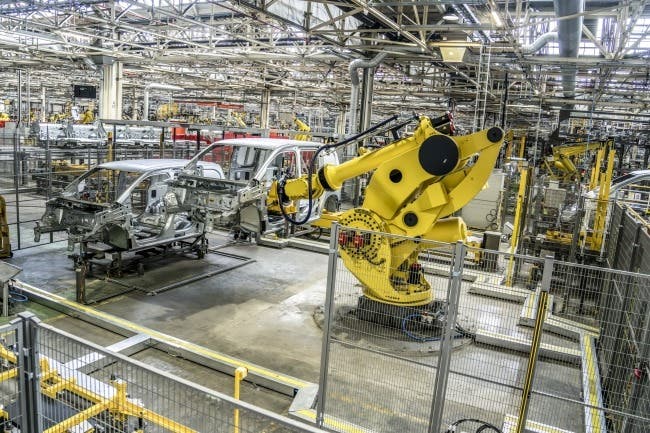After 120 years of operation, the Stellantis plant in Luton, UK, has ceased vehicle production.
The last vehicle to come off the assembly line was a Vivaro van, marking the end of a great and long period for the historic factory. The decision to close the plant, which specializes in the production of commercial vehicles, had been announced by Stellantis in November 2024. As of March 28, 2025, all of Vauxhall’s U.K. operations are expected to be transferred to the Ellesmere Port plant, located near Liverpool in northern England.
Luton: big change for the local community
The closure of the Luton plant is certainly a significant change for the UK automotive industry and the local community. Stellantis said the concentration of production in Ellesmere Port will allow it to streamline operations and strengthen its presence in the UK commercial vehicle market. However, the decision has raised concerns about the employment impact, with the potential loss of many jobs. Stellantis has assured that it will provide support to affected employees, considering relocation options and offering retraining programs.
This move is made possible by a £50 million investment to modernize infrastructure and adapt to the new workload. As we anticipated at the beginning of the text, Stellantis has chosen to concentrate light commercial vehicle (LCV) production at its Ellesmere Port plant, located in the north of England. The company is investing £100 million to transform this site into a production hub dedicated exclusively to electric vehicles. Therefore, despite the closure that may obviously affect many people, the automotive group is making big business moves for the future.

Disapproval By Unions
The Unite union obviously expressed strong disapproval of the decision to close the plant, calling it yet another example of a failed corporate strategy. Workers’ representatives clamored for an immediate turnaround, especially at a time of transition for the company, which is in the process of appointing a new CEO and redefining its strategic direction.
Stellantis, for its part, wanted to assure those close to the company that all previously announced projects will continue without interruption under the leadership of President John Elkann and an interim executive committee. However, the Unite union is continuing to insist that all previously made strategic decisions be put on hold until Tavares’ successor is appointed, scheduled for the first half of 2025. We are therefore waiting to see what developments will look like in the coming weeks and months.

